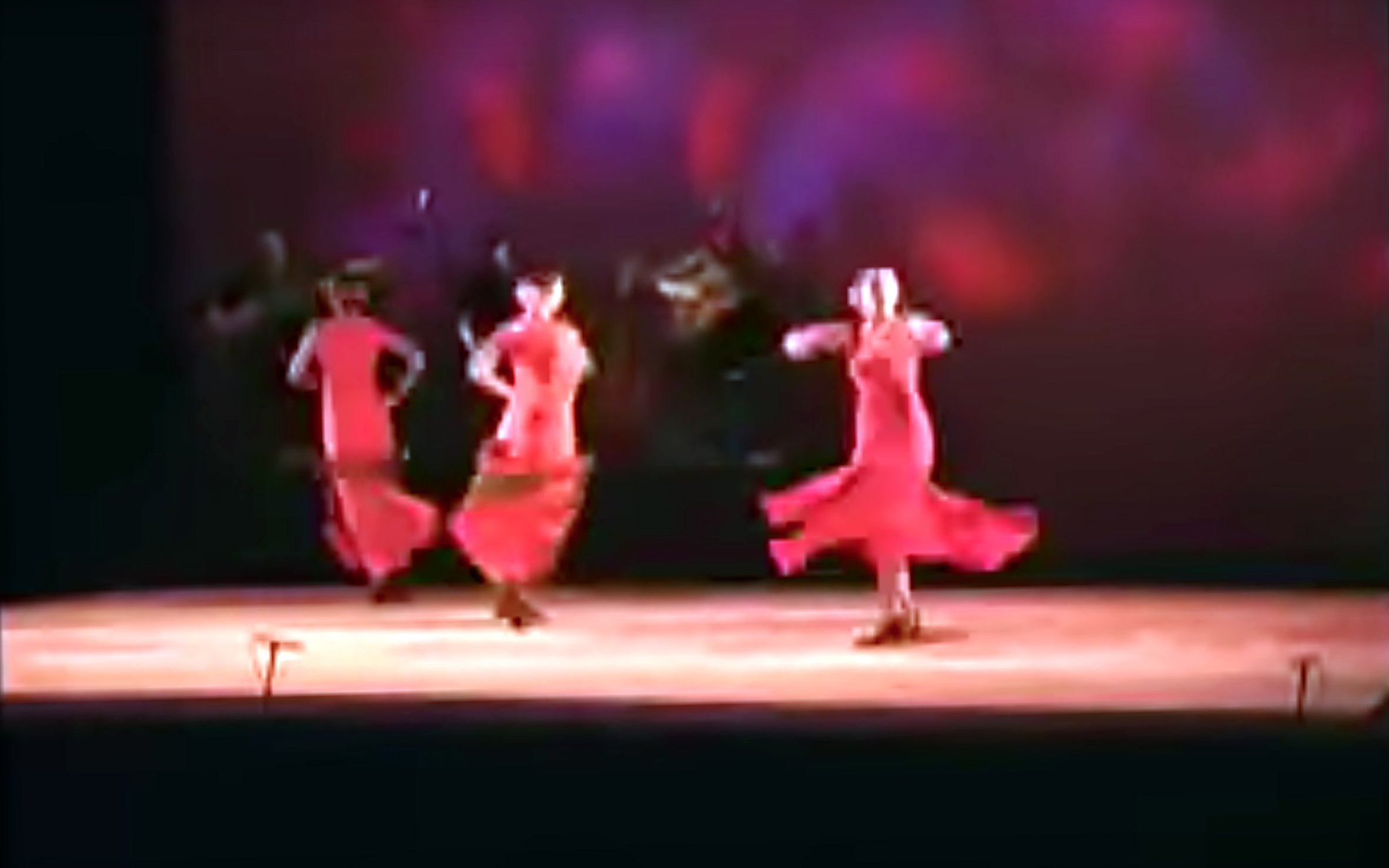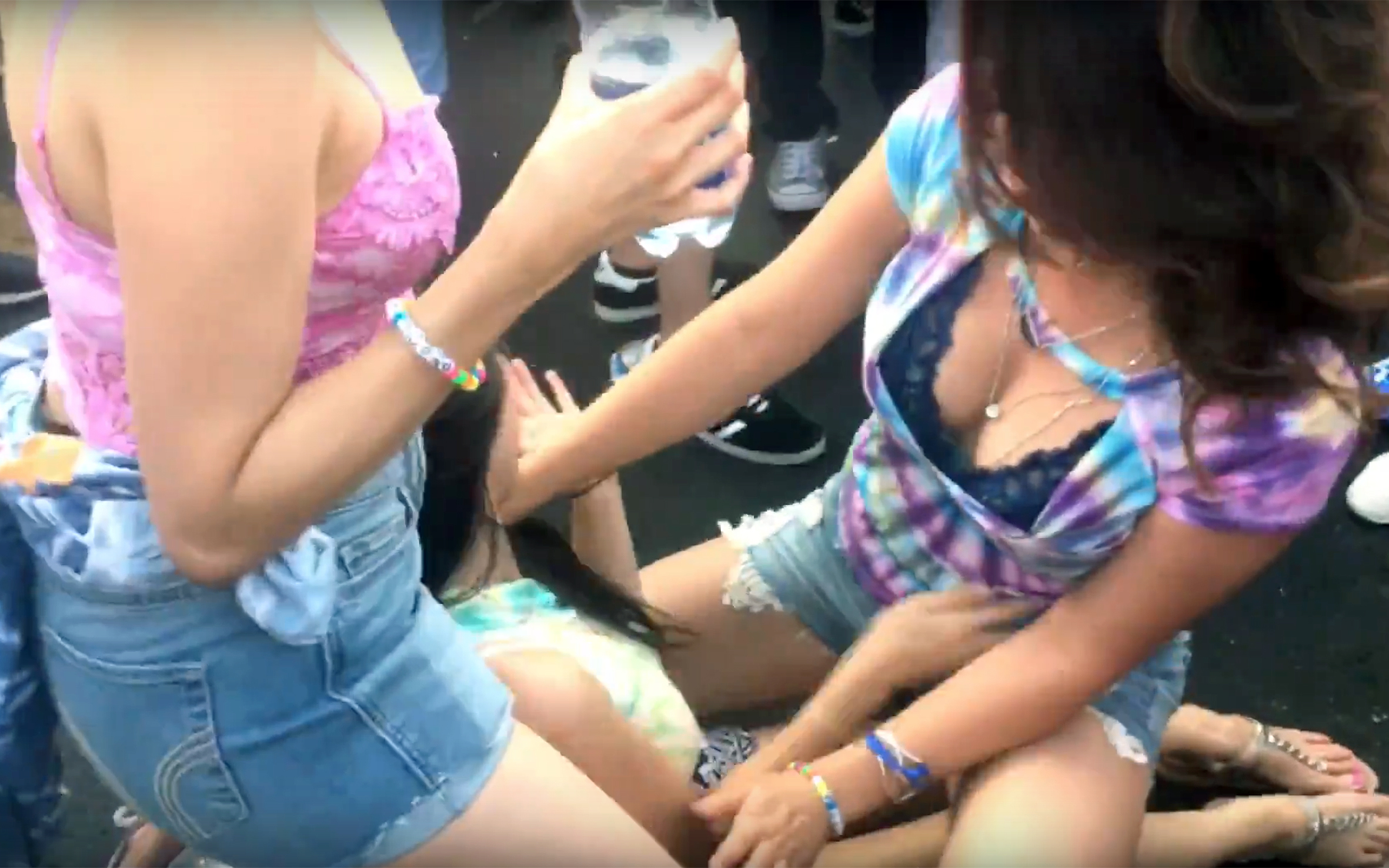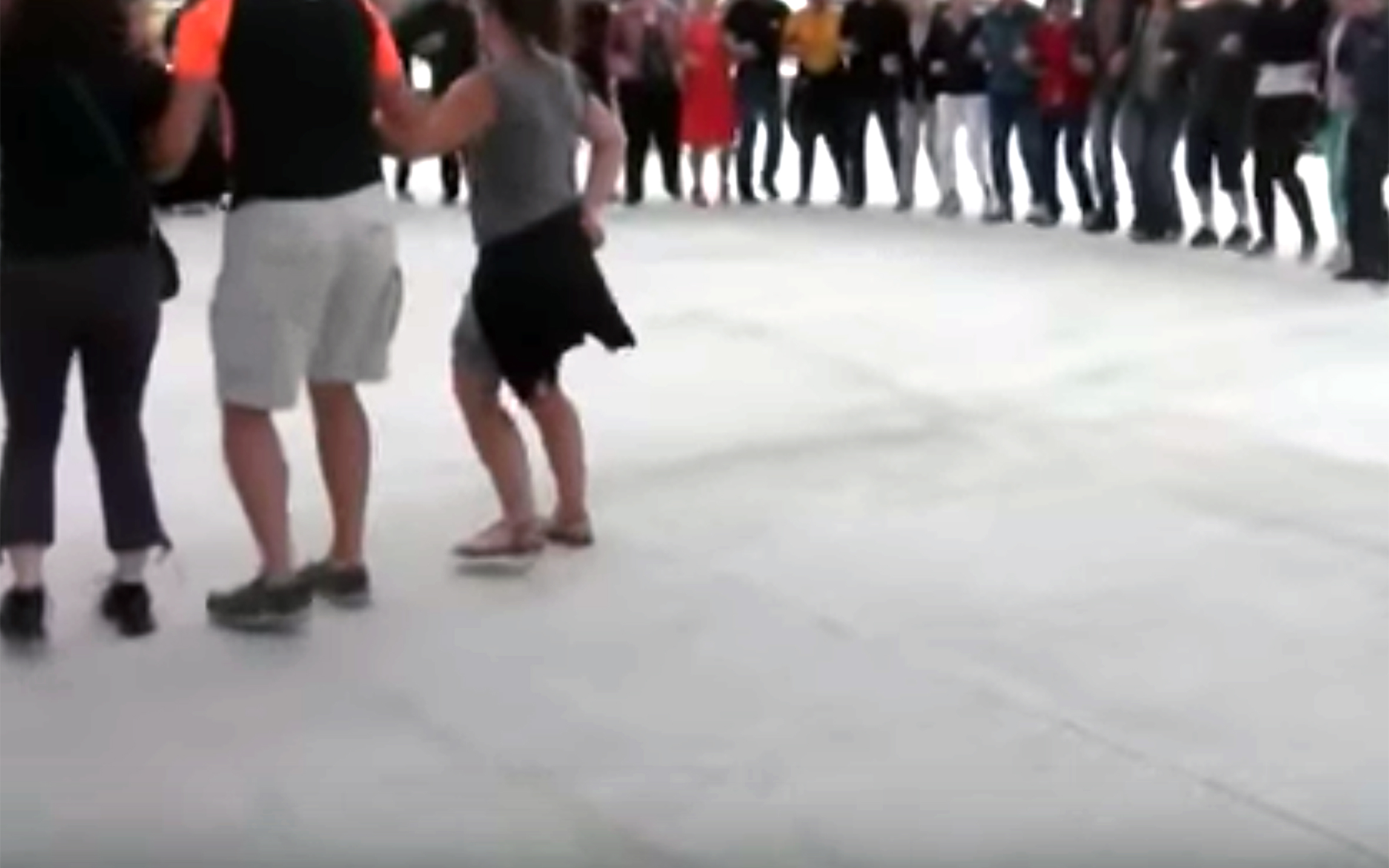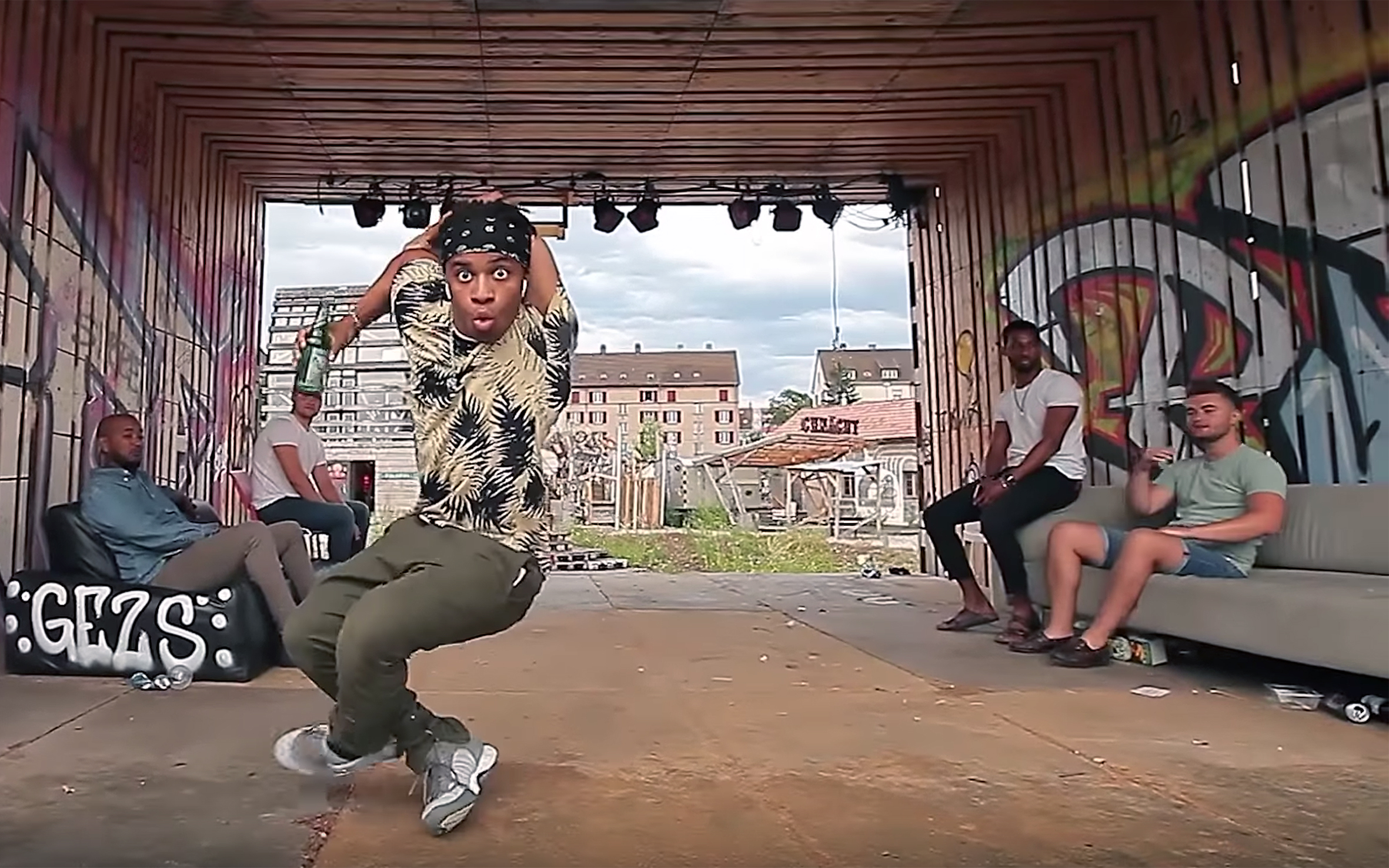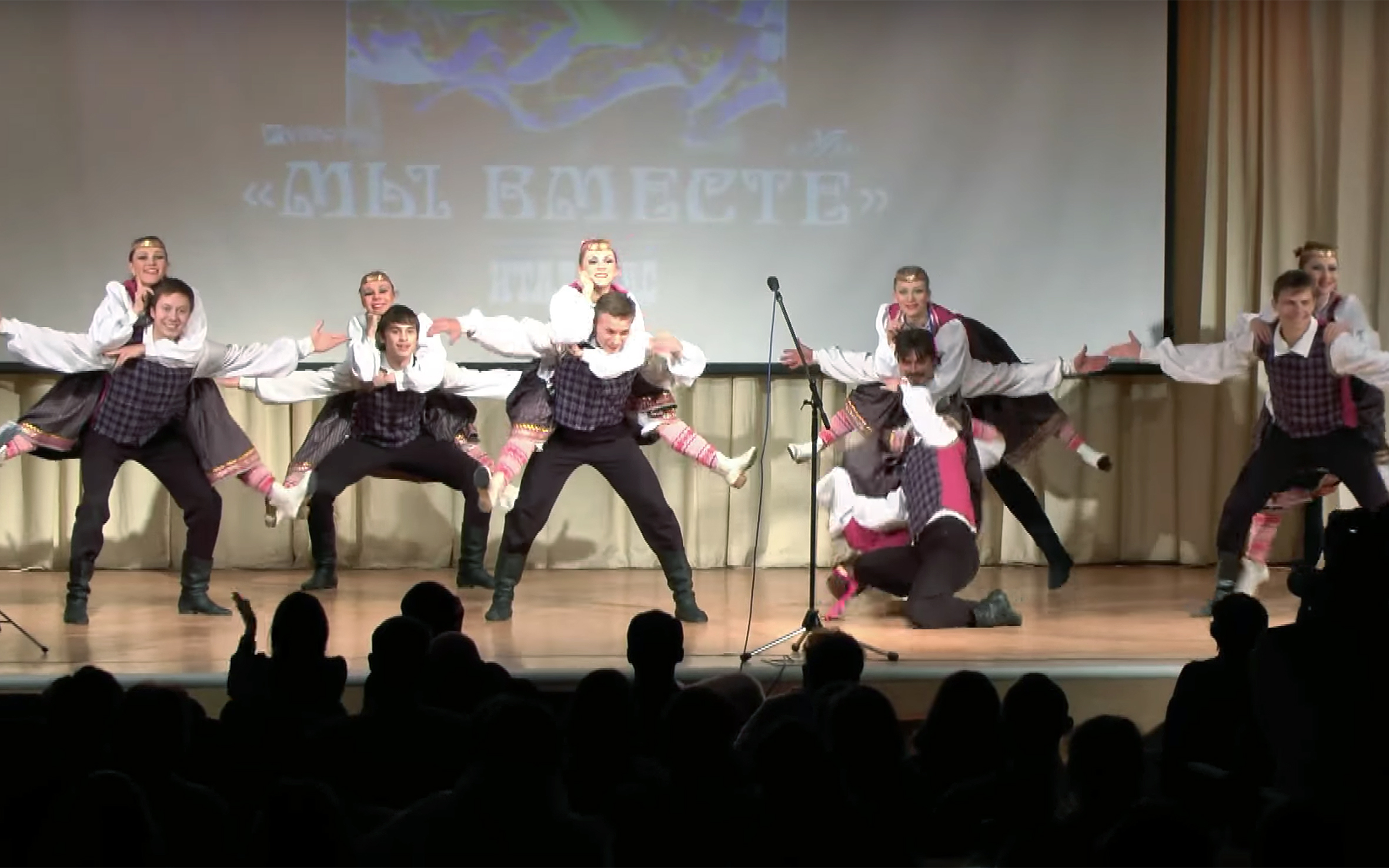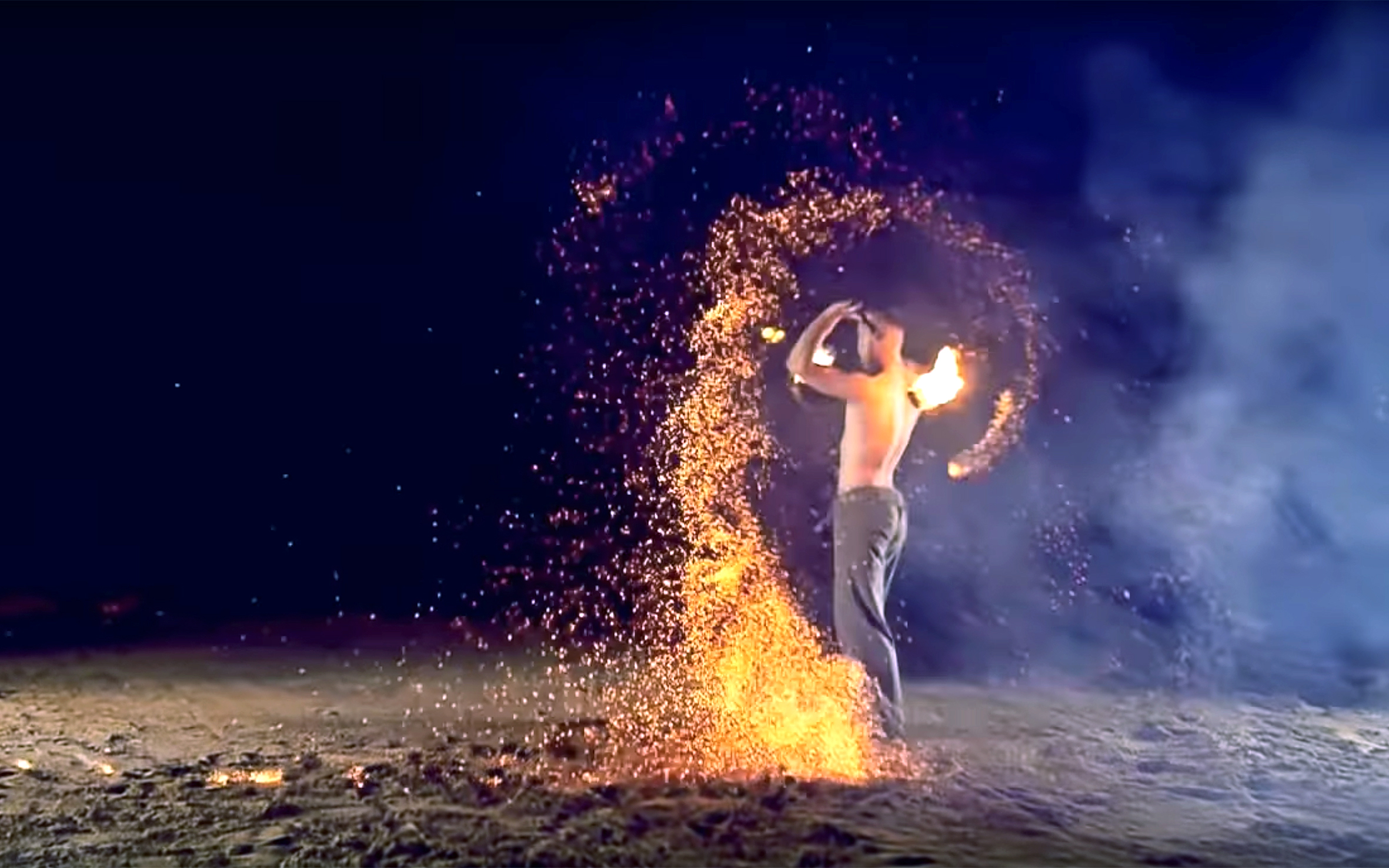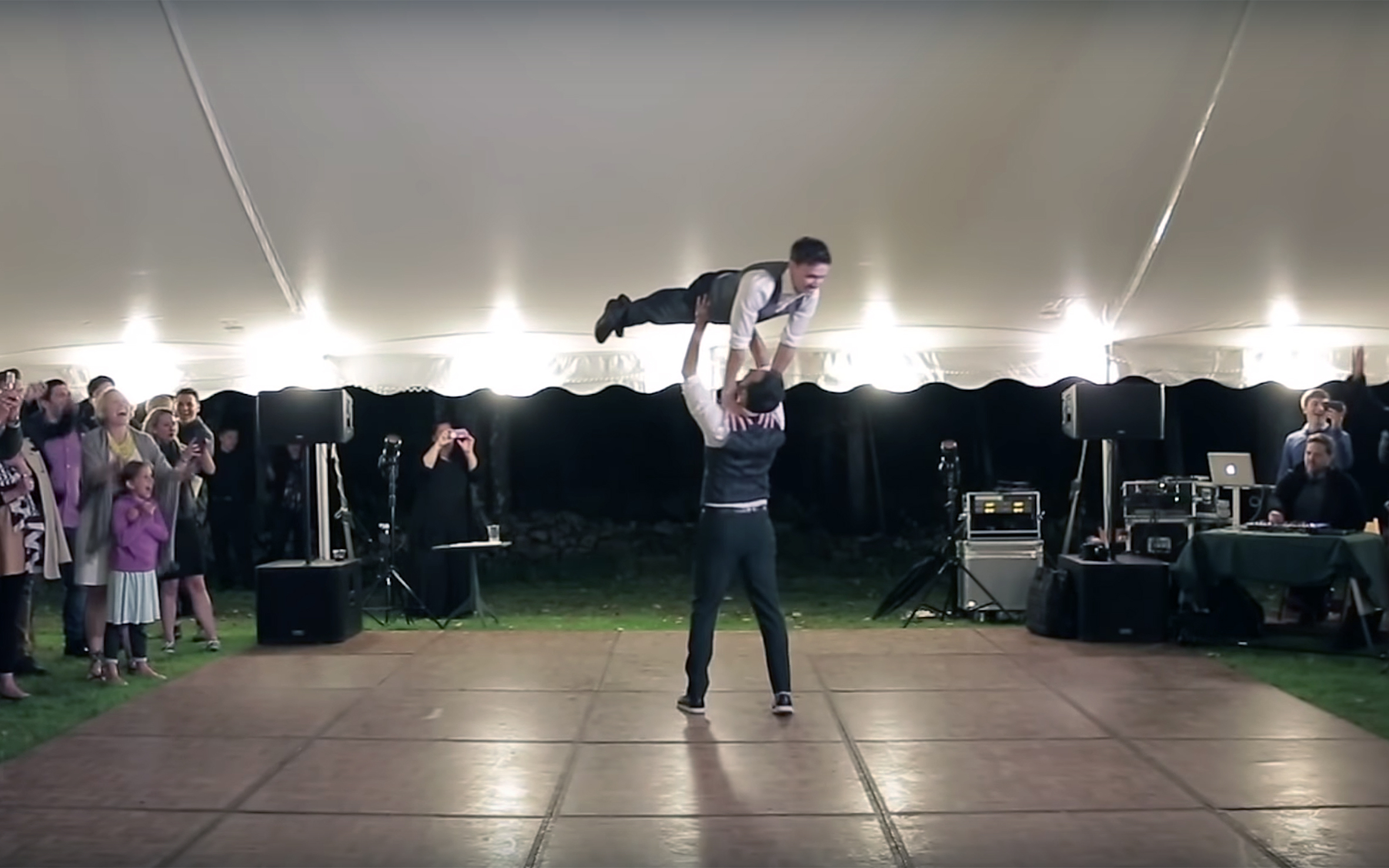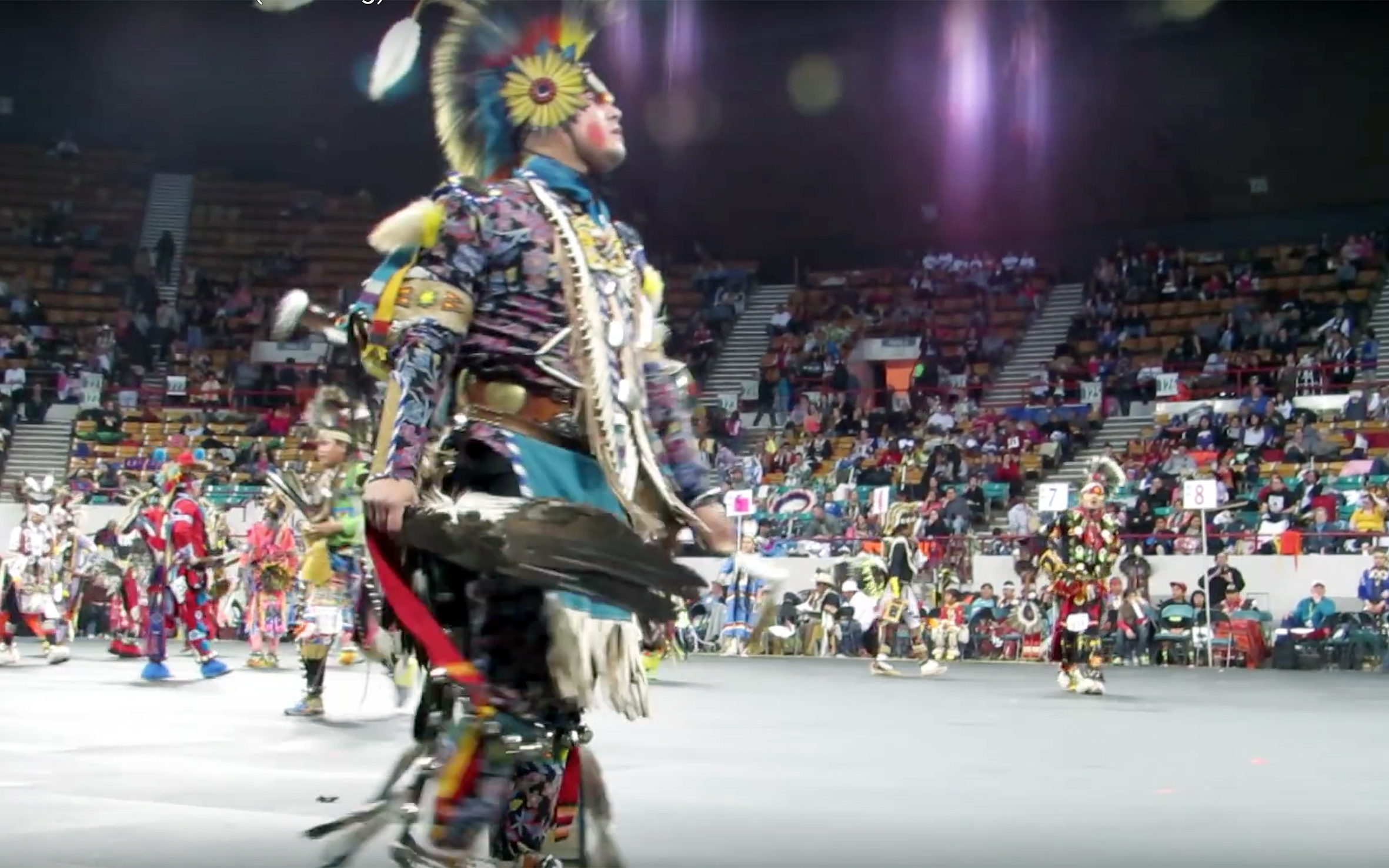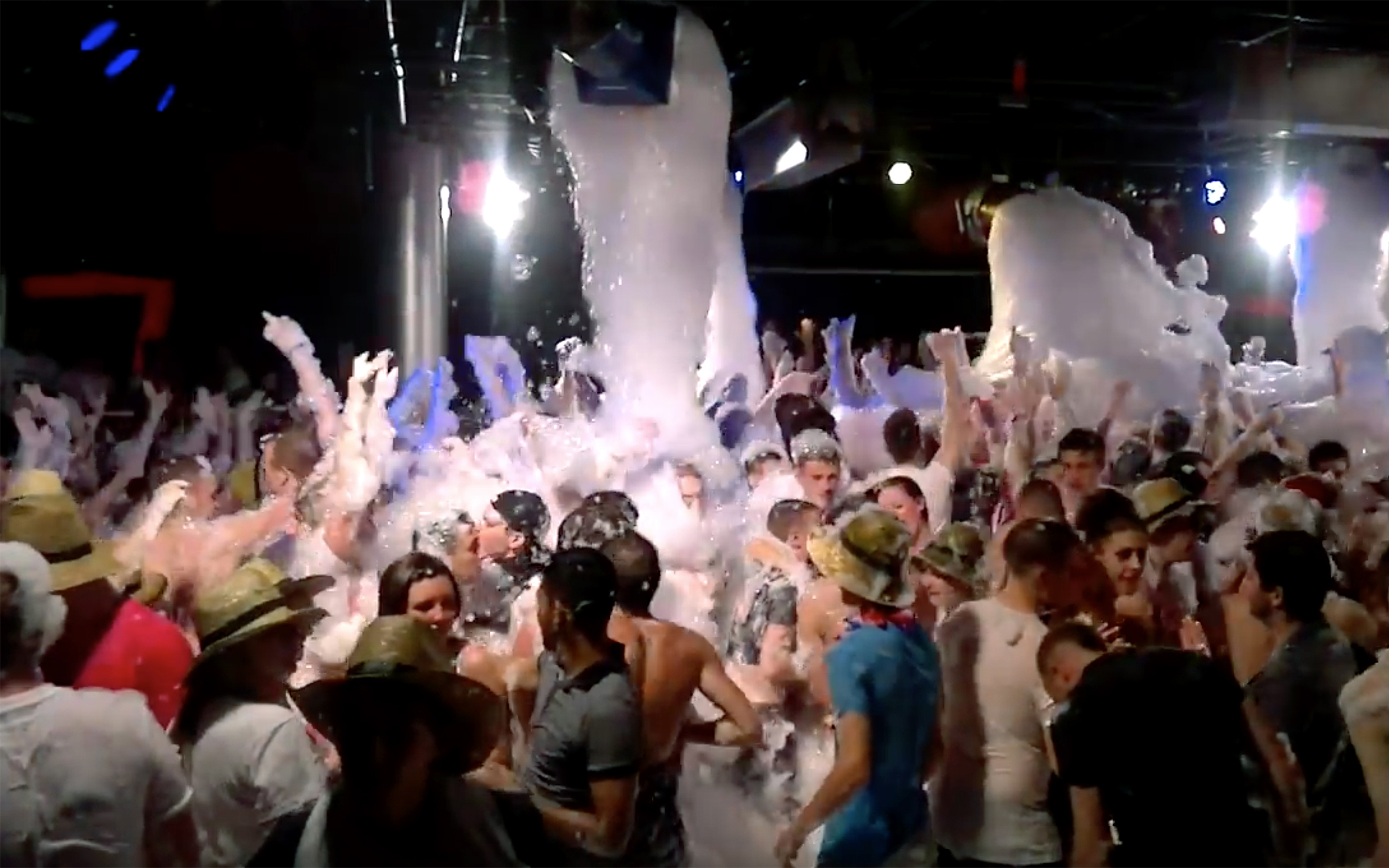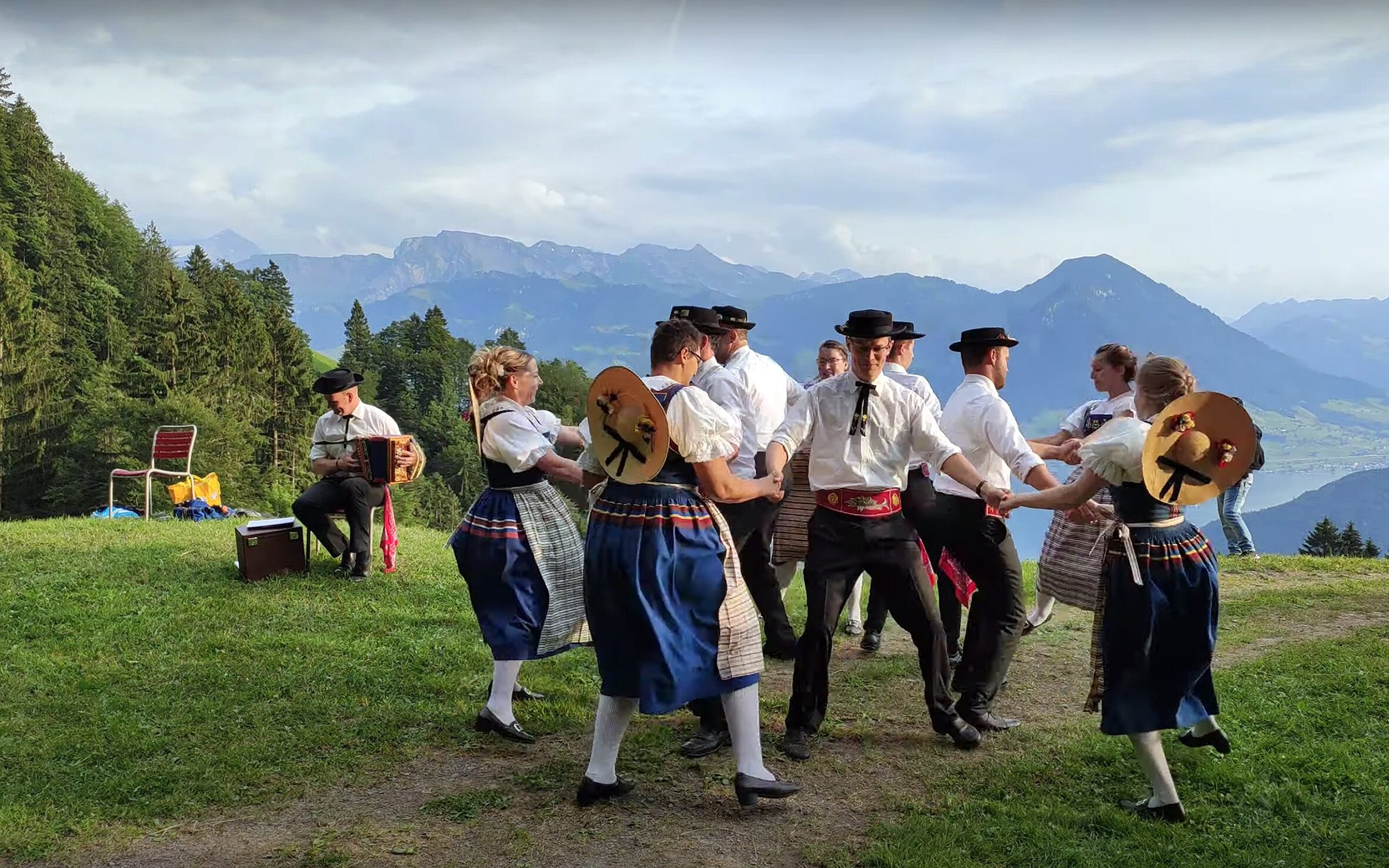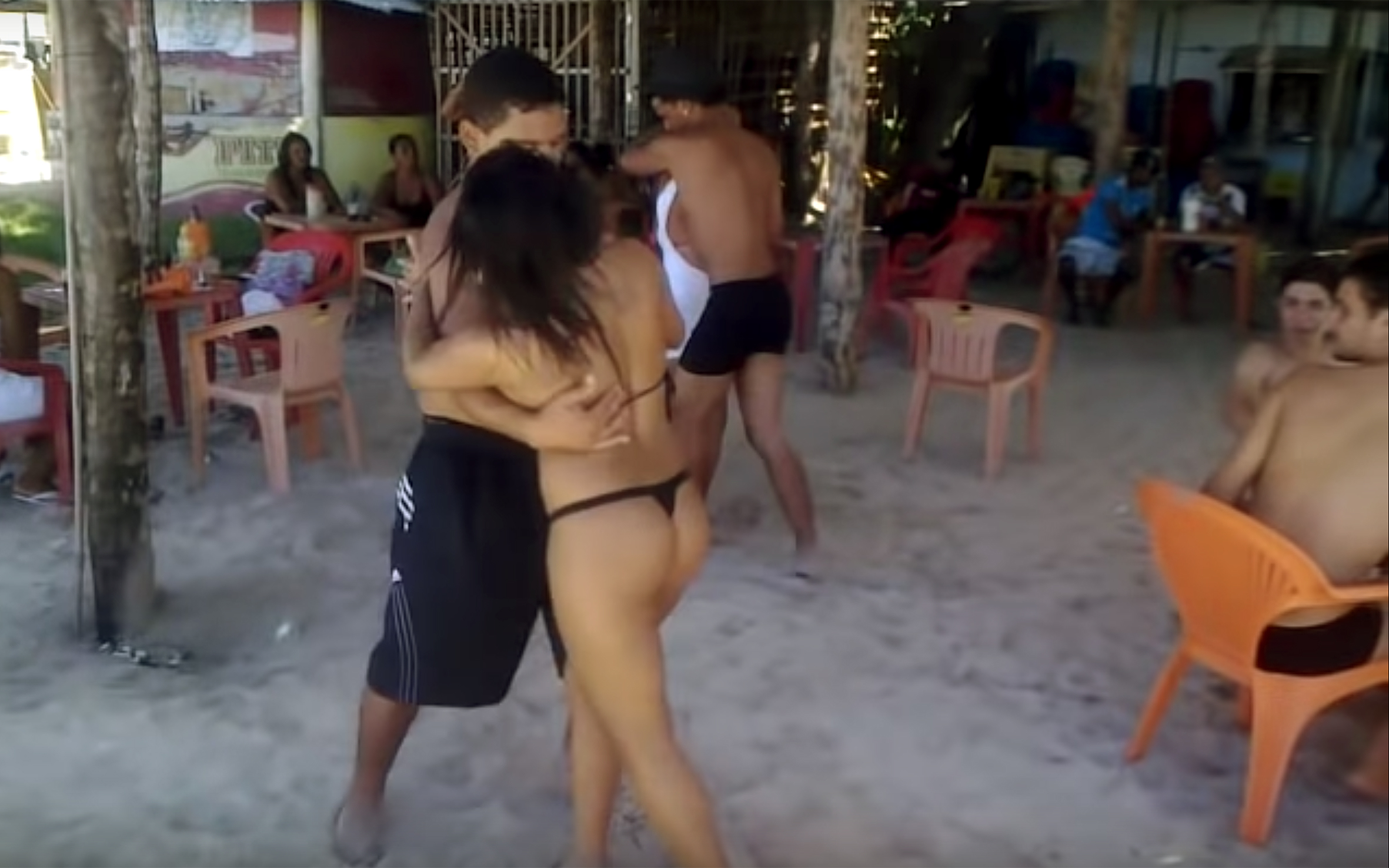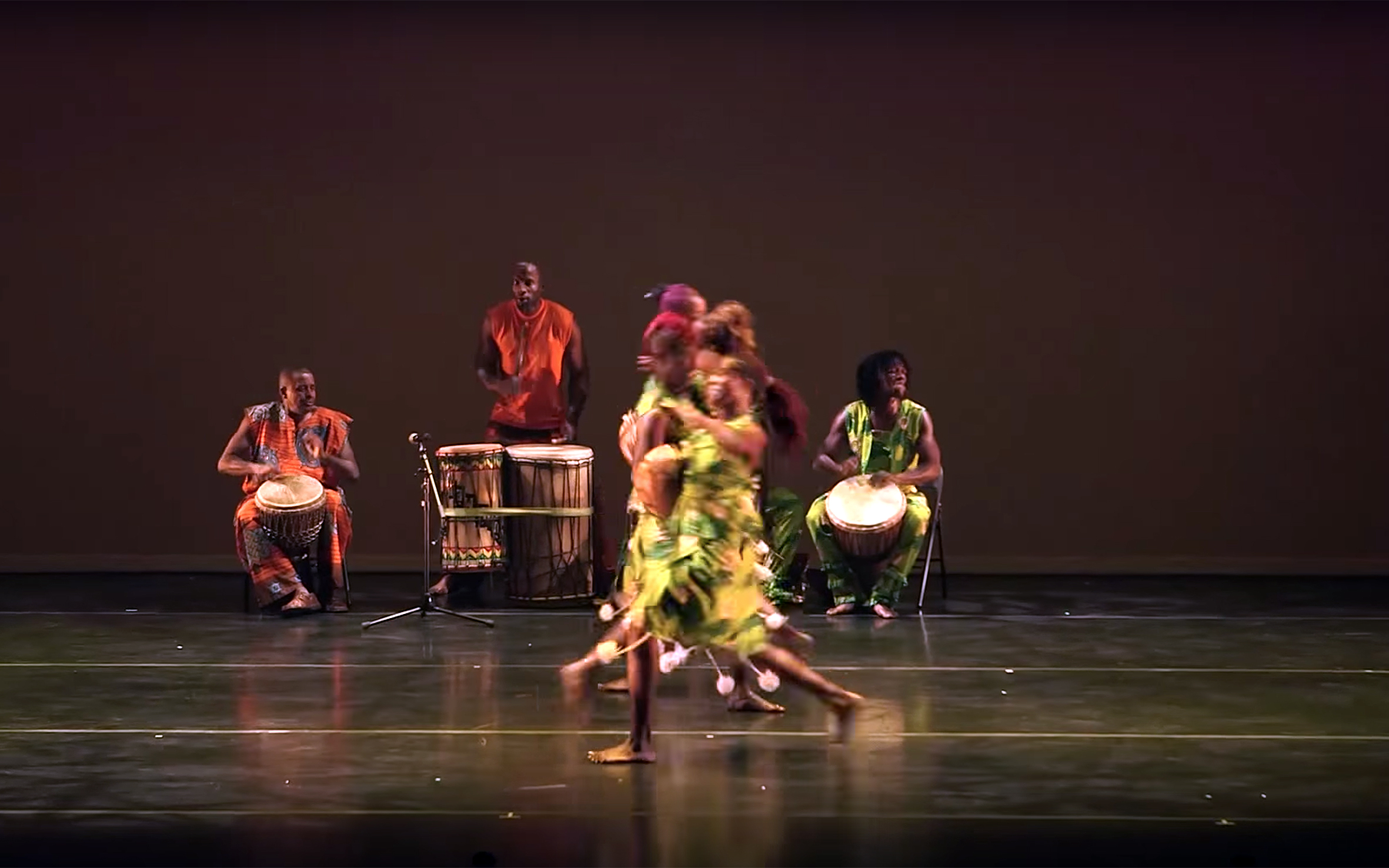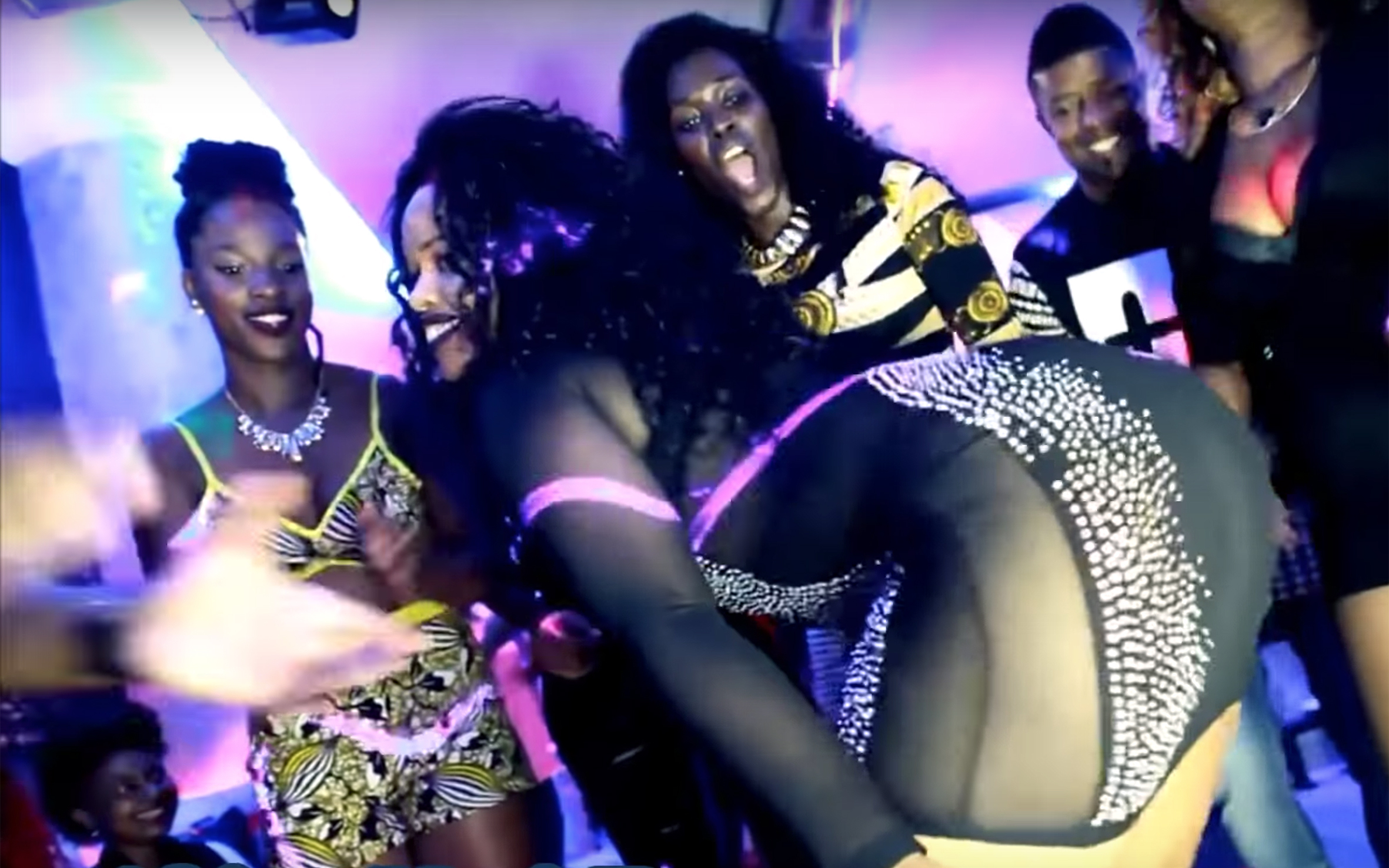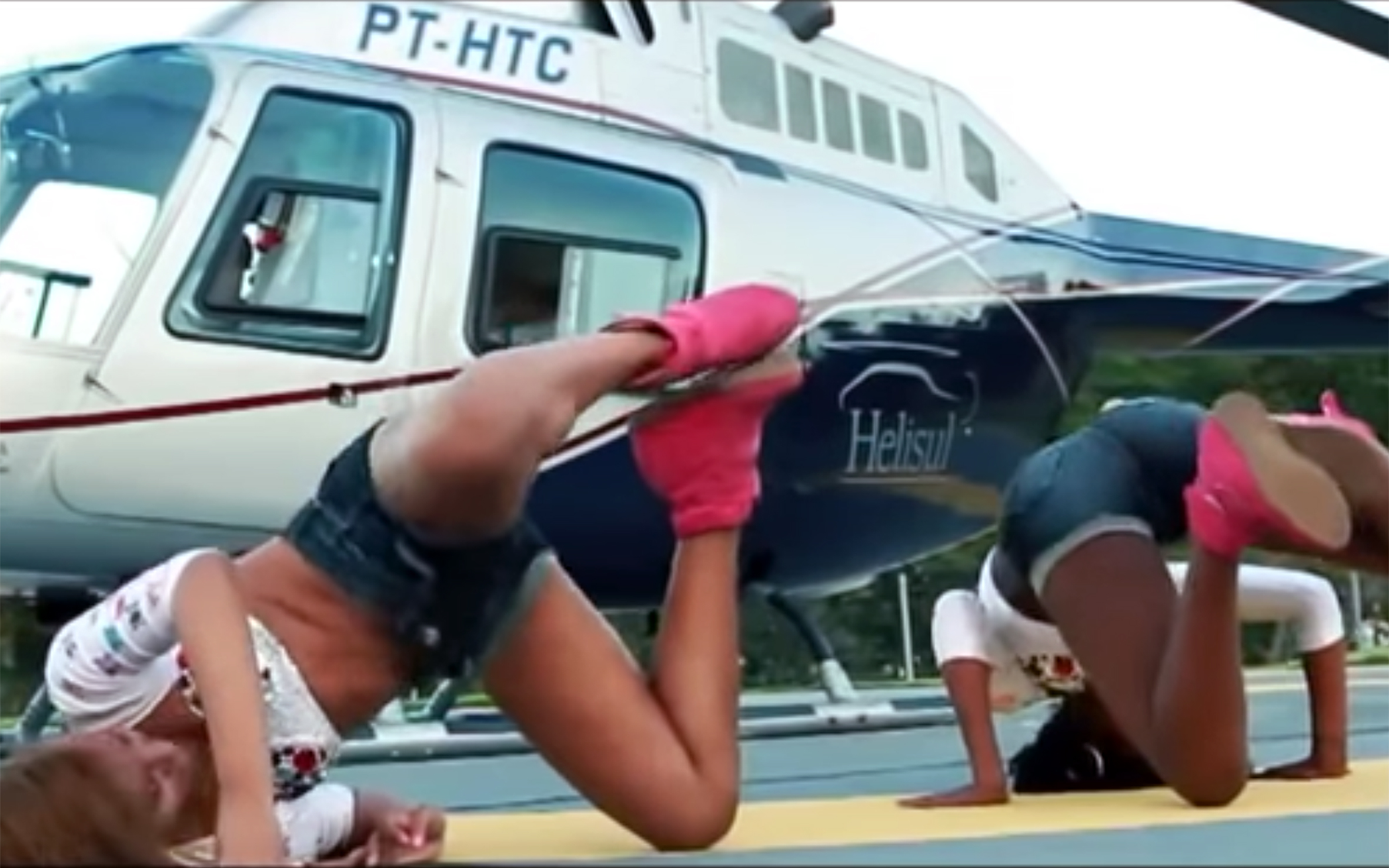272.FaNdango / Spain / Portugal
FANDANGO is a Spanish dance, usually in triple metre, traditionally accompanied by guitars, castanets or hand-clapping. It can both be sung and danced. Its meter is similar to that of the bolero and seguidilla. The earliest fandango melody and its description were found at the beginning of the 18th century. Fandango became fashionable among the aristocracy and was often included in ballets and operas, not only in Spain, but also elsewhere in Europe. Although of Spanish origin, fandango is one of the main folk dances in Portugal. The choreography is quite simple: two male dancers face each other, dancing and tap-dancing one at each time, showing which one has the most lightness. The repertoire of feet changes in the tap-dancing. Fandango can be danced either by male and female dancers, or two males (most frequent) or rarely two females.
273.FARANDOLE / France
FARANDOLE is the oldest traditional French dance. It has been practiced in the south of France, in Provence. It is a very simple dance, each dancer has to hold a hand from the dancer next to him, and make a circle. It is a so-called chain dance.
274.Festival Dance / Global
FESTIVAL DANCE is hard to follow totally uncontrolled and undefined dance style which is mostly performed to music at dance festivals by people under the influence of alcohol and/or drugs.
275.FEST-NOZ / France
FEST-NOZ is a festive gathering based on the collective practice of traditional Breton dances, accompanied by singing or instrumental music. It is an expression of a living and constantly renewed practice of inherited dance repertoires with several hundred variations, and thousands of tunes. About a thousand Fest-Noz gatherings take place every year with participants varying from a hundred to several thousand people, thousands of musicians and singers and tens of thousands of regular dancers. Most dances are practised in a chain or in a circle but there are also dances in pairs and choreographed dances.
276. Fik-Shun / USA
FIK-SHUN is an American dancer who combines his martial arts background with the free-flowing style of hip hop to form his own form of dance. His love for performing and competitive nature fuelled him to pursue the career path he wanted, one of a global entertainer. He has wowed the crowds at World of Dance competitions all over the country. In fact, he has two of the top 10 most viewed videos on the World of Dance channel. He was also a “So You Think You Can Dance” Season 10 male winner.
277.Finger-tutting / Global
FINGER-TUTTING is a type of dance that involves intricate movements of the fingers. The word “tutting” describes a street dance style based on angular movements which are supposed to stylise the poses seen on reliefs in the art of ancient Egypt, and refers to King Tutankhamun. A funk dancer named King Boogaloo Tut, aka Mark Benson, and his dance crew Street Scene is credited for inventing the style, which was adopted and popularised by funk dancers in the USA in the 1980s and 90s, especially in New York alongside the blossoming vogue scene. Today it is related mostly to popping (or pop and locking), dubstep, funk, and industrial dancing.
278.FINNISH FOLK DANCES / Finland
FINNISH FOLK DANCES are a popular hobby in Finland. The popularity dates back to the beginning of the 19th century. Dances are separated in western and eastern tradition. There is not much information about the traditional Sami-dances from Lappland. Finnish folk dances are mainly symmetric group dances or couple dances. They are separated into performative and social dances.
279.FIN TANGO / Finland
FIN TANGO is a Finnish dance, established variation of the Argentinian tango but with rhythm following the Ballroom tango. It used to be the most popular music for decades in Finland. Its special characteristics include the change of rhythm to during chorus. Central themes of Fin tango lyrics are love, sorrow, nature and the countryside. Many express longing for the old homestead or a distant land of happiness. One of the highlights of Finnish summers is a tango festival, held annually since 1985 in the town of Seinäjoki, which attracts more than 100,000 participants. Fin tango is more related to (slow) foxtrot, but the feel is different—the weight shift happens close to the end of the beat, the pushing foot will accelerate only to pause next to the grounded one before it moves forward to a long step.
280.Fire Dance / Global
FIRE DANCE is a group of dance moves that involve the manipulation of fire. Fire performance typically involves equipment or other objects made with one or more wicks which are designed to sustain a large enough flame to create a visual effect. Fire performance includes skills based on juggling, baton twirling, poi spinning, and other forms of object manipulation. It also includes skills such as fire breathing, fire eating, and body burning—so called fakir skills. Fire performance includes fire dancing, done as choreographed routines to music, as freestyle, or performed with vocal interaction with the audience. Some aspects of a fire performance can be found in a wide variety of cultural traditions and rituals around the world.
281.FIRST DANCE / Global
FIRST DANCE is an element in a number of traditions, being an opening of a certain dance function: ball, prom, wedding, etc. First dance of a married couple is a popular element at modern European and American wedding receptions or post-wedding celebrations. The newly married couple, as the guests of honour, open the dancing. The style of the first dance is a personal choice. Some couples opt for a rehearsed or a choreographed dance.
282.First nations Chicken and Grass Dances / Canada
FIRST NATIONS CHICKEN AND GRASS DANCES are many different forms of dance originating from the Plains Indigenous Peoples of Canada, which are still performed at pow wows today. Chicken Dances are meant to imitate the movements of the prairie chicken, with dancers wearing costumes adorned with feathers. The Grass Dance is performed by a male dancer usually dressed in colorful and elaborate fringed costume.
283.Flamenco / Spain
FLAMENCO is a highly expressive, Spanish dance. Performed as a solo dance, it is characterised by hand clapping, intricate sweeping arm and body movements and rhythmic percussive footwork. It is usually accompanied by a singer and guitar player. Flamenco comes from Andalusia with the rich cultures of the Sephardic Jews, the Moors and is associated with the Roma people called: Gitanos. Some Flamenco movements resemble those of classical Hindu dance from India.
284.Flashmob / Global
FLASHMOB is a performance often including dance by a group of at least 10 people who assemble suddenly in a public place, perform an unusual and seemingly pointless act for a brief time, then quickly disperse, often for the purposes of entertainment, satire, and artistic expression. Flash mobs are organised via telecommunications, social media, or viral emails. The term, coined in 2003, is generally not applied to events and performances organised for the purposes of politics (such as protests), commercial advertisement, or publicity stunts that involve public relations firms, or paid professionals.
285.Flashmob / Bangladesh / Bhutan / Nepal / Tibet
FLASHMOB is a name for random acts performed at large public gatherings. Bangla, Tibetan, Bhutanese, and Nepali people have performed dances in flash mobs to gather attention, display traditional costumes, dance skills, for general social mobilisation to minority causes, or to simply have fun. When flash mobs are organised abroad, they frequently have political reasons, as in the case of the Tibetan diaspora. They are opportunities to enjoy community life, celebrate, gather attention to a particular group, or as an instant performance opportunity for students, artists and like-minded. The choice of dance style depends on the motif for the mobilisation.
286. FLEXING / USA / Global
FLEXING, also called BONE BREAKING, is a style of street dance from Brooklyn, New York that is characterized by rhythmic contortionist movement combined with waving, tutting, floor moves, and gliding. Flex dancers, referred to as flexers, often perform shirtless and incorporate hat tricks in their performance.
287.Flirt dance / Global
FLIRT DANCE is a dance with aim to seduce a partner or a larger audience.
288.FLOATING / USA
FLOATING is a dance that emphasises slick floating movements, giving the impression that the dancer is dancing in the air. There are three basic moves: the float, gliding and sliding. All three moves are focused on creating the illusion that there is no friction between the dancer’s shoes and the floor.
289.Floor Shows / North Korea
FLOOR SHOWS are a kind of variety shows revolving around pretty women singing, playing instruments and dancing in front of an audience. In Asian countries such as Thailand, Cambodia, Vietnam and China, the North Korean government has set up restaurants where guests can eat (North) Korean food and enjoy watching women singing and dancing to a mix of traditional and contemporary music.
290.FLOSS / Global / VIRAL
FLOSS is a dance move in which a person swings their arms, with clenched fists, from the back to the front of their bodies on each side and does these movements repeatedly. It is said that the dance is harder to perform than it appears. It became viral after the “Saturday Night Live” performance of Katy Perry’s music “Swish Swish”, and has since become a trend among children and teens, and has been performed by celebrities in videos often posted on the Internet.
291. FOAM PARTY / Global
FOAM PARTY is the ultimate social event in which participants dance to music on a dance floor covered in several feet of suds or bubbles dispensed from a foam machine. Foam parties can be dated back to “A Rhapsody in Black and Blue”, a 1932 short film directed by Aubrey Scotto, where Louis Armstrong dances, sings, and plays his trumpet in a large area of soap suds. Modern foam parties were developed in the early 1990s by club promoters in Ibiza, especially at the Amnesia. Generally, machines were large, ceiling mounted foam generators, that created a large volume of foam that fell from the ceiling onto clubbers. As Ibiza foam parties became more popular the craze spread. In 1992, such foam parties were introduced into the UK.
292.FOLK DANCE / Global
FOLK DANCE is a dance developed as a reflection on the life of people of a certain country or region. Folk dances share some or all of the following attributes: 1. they are usually held at folk dance gatherings or social functions by people with little or no professional training, often to traditional music; 2. they are not generally designed for public performance or the stage, though they may later be arranged and set for stage performances; 3. their execution is dominated by an inherited tradition from various international cultures rather than innovation (though folk traditions change over time); 4. new dancers often learn informally by observing others or receiving help from others.
293.FOLK DANCING TRADITION / Switzerland
FOLK DANCING TRADITION in Switzerland has been primarily taken care of by Trachtenvereine—associations for traditional costumes that aim to preserve traditional folk dancing. In the 162 central Swiss municipalities there are currently 904 such associations. They perform their dances mainly at folk festivals, association celebrations, traditional events and the “Urschweizer Trachtentag”—a folk festival at which people wear traditional costumes. One unique dance form is the traditional Bödälä, in which dancers stamp their feet on the floor in an expressive, rhythmical manner. Created rhythms act as a percussive accompaniment to the traditional folk music, usually performed live.
294.Fon / Thailand
FON is a folk dance from Thailand, performed to local folk music. A variety of Fon dances came into being, featuring music and style of each province. Fon is divided into three types: Fon Lep (fingernail dance)—a northern Thai dance, with each dancer wearing six inch long brass fingernails, accentuating the fingers’ movement, and hair in a chignon-style with a yellow jasmine flower tiara; Fon Tian (candle dance)—a performance always held at night, consisting of eight dancers, each carrying candles, in pairs, one pair on each side, wearing full length sarongs and jackets with a matching shoulder cloth; Fon Ngiew (scarf dance)—a dance performed at happy events, similar to Fon Lep, but faster, with each dancers wearing yellow flower tiara.
295.Formation DANCe / Global
FORMATION DANCE is a style of ballroom dancing. It is a pattern or shadow team dancing by couples. The choreography may be based on a particular dance or a medley of dances. Formation dancing may be done for exhibition or for competition between teams. It originated in 1932 in London’s Astoria Ballroom. Formation team contests also began in the 1930s in England and spread to many other countries.
296.Forró / Brazil
FORRÓ is a genre of Brazilian music and dance that originated from Northeastern Brazil. There are three rhythms of forró: “xote” (a slower paced rhythm), “baião” (the original forró) and “arrasta-pé” (the fastest of the three), and many styles of dancing, varying from region to region, and being known by different names according to location. Forró is danced in pairs, usually very close together, with the man’s left hand holding the woman’s right hand, his right arm around her back and her left arm around his neck. Other styles may require to stay partially away, or in a considerable distance, only holding their hands up their shoulders. Influences from Cuban salsa and other Caribbean dances have given mobility to forró.
297.FORTNITE DANCE / Global
FORTNITE DANCE is a dance borrowed from a video game called “Fortnite”. Fortnite dances are themselves born out of viral videos, Vines and GIFs. In the dance the animations are arranged in a shifting storefront that creates an artificial rarity to each move, encouraging players to purchase them during a small window of availability (following victory in battle). Here the symbolic content of each dance is absolute—each is existing in place of its original reference. Players purchase them as both a sign of allegiance to a chosen strand of nostalgia (be that for now defunct Vines or 1990s cult TV) and a signifier of their own pop culture knowledge. During the World Cup 2018, French soccer player Antoine Griezmann used to perform a dance right after he scored.
298.FREESTYLE / Global
FREESTYLE, also called DANCE IMPROVISATION, is a way of a dance style in which the dancers improvise their moves on the spot, as they dance, instead of having them planned beforehand. The improvised movements are facilitated through a variety of creative explorations including body mapping through levels, shape and dynamics schema. Improvisation is a free, seemingly unstructured, less technically strict and impulsive form that draws inspiration from everyday dance practices and influences. It is a movement technique that is capable of evoking dramatic and thought-provoking content just as well as more codified western dance techniques such as ballet and non-western movement forms.
299.FRENCH CANCAN / France
FRENCH CANCAN is a high-energy, physically demanding dance that became a popular music hall dance in the 1840s, continuing in popularity in French cabaret to this day. Originally danced by both sexes, it is now traditionally associated with a chorus line of female dancers. The main features of the dance are the vigorous manipulation of skirts and petticoats, along with high kicks, splits, and cartwheels. It became the dance from Montmartre and the Moulin Rouge in Paris from the end of the 19th century and it is still very famous today.
300.Free the Nipple Dance / Global
FREE THE NIPPLE DANCE is a movement where the nipples freely move while dancing. Such dance moves appear among members of The Free the Nipple movement that emerged in 2015 as a light-hearted protest against the inequality of women. This infectious hashtag sparked a hippy revolution: breasts (as well as nipples) are the symbol of equality. Celebrate female sexuality and embrace the nipple! After all, men’s nipples can be seen all around. Hence the slogan, Free the Nipple!
301.FRUG / USA
FRUG was a dance craze from the mid-1960s, which included vigorous dance to pop music. It evolved from another dance of the era, Chicken dance, which featured lateral body movements, was used primarily as a change of pace step while doing the Twist. As young dancers grew more tired they would do less work, moving only their hips while standing in place. They then started making up arm movements for the dance, which prompted the birth of the Swim, the Monkey, the Dog, the Watusi, the Mashed Potato, and the Jerk. The Frug is sometimes referred to as the Surf, Big Be a, and the Thunderbird.
302.Fugdi / India
Fugdi is a Goan folk dance performed by the women in the Konkan region of India during Hindu religious festivals like Ganesh Chaturthi and Vrata. The women sing and dance while enacting varied formations - in a circle or in rows. Usually women in the villages dance Fugdi in circles and women in forest settlements formulate rows. The dance starts with an invocation to Hindu Gods. The pace is slow in the beginning, but soon gains speed. No percussion support is provided. At the maximum pace, the dancers match the rhythm by blowing air through the mouth that sounds like “foo", hence the name Fugdi.
303.FULA FARE / Guinea
FULA FARE is a dance of the Fula (Peul) people of Guinea.
304.FULANI / Burkina Faso
FULANI is a dance from Fulani people in Burkina Faso.
305.funaná / Cabo Verde
funaná is a couple dance, with the partners embracing each other with an arm while with the other arm they hold on the hands together. The dance is made through alternated quick and strong inflexions of each knee, marking the beats of the rhythm. In the more rural way of dancing, the bodies are slightly inclined to the front (having shoulder contact), and the feet lift off the ground. In the more urban way of dancing, more stylised, the bodies are more vertical (having chest contact), and the feet drag on the ground. Funaná is also an accordion-based music. The rhythm is usually provided by the ferrinho. The lyrics of the funaná generally talk about everyday situations, mentioning the sorrows and the happiness of quotidian life, but they also talk about social criticism, reflections about life and idyllic situations.
306.FUNK / Global
FUNK refers to several street dance styles created in California in the 1970s such as roboting, bopping, hitting, locking, busting, popping, electric boogaloo, strutting, sac-ing, and dime-stopping.
Out of all of these dances, boogaloo is one of the oldest. Funk used to be danced to funk music rather than hip-hop and was not associated with the other cultural pillars of hip-hop (DJing, graffiti writing, and MCing).
307.Funk Carioca / Brazil
Funk Carioca called also favela funk, and in other parts in the world, baile funk, is a music genre from Rio de Janeiro, derived from Miami bass and gangsta rap music. In Brazil it also to the actual parties or discothèques in which the music is played. Although originated in Rio, funk carioca has become increasingly popular amongst working classes in other parts of Brazil. In the whole country, it is most often simply known as funk, although it is very different musically from what funk means in most other places. Twerking is always associated with this genre.

